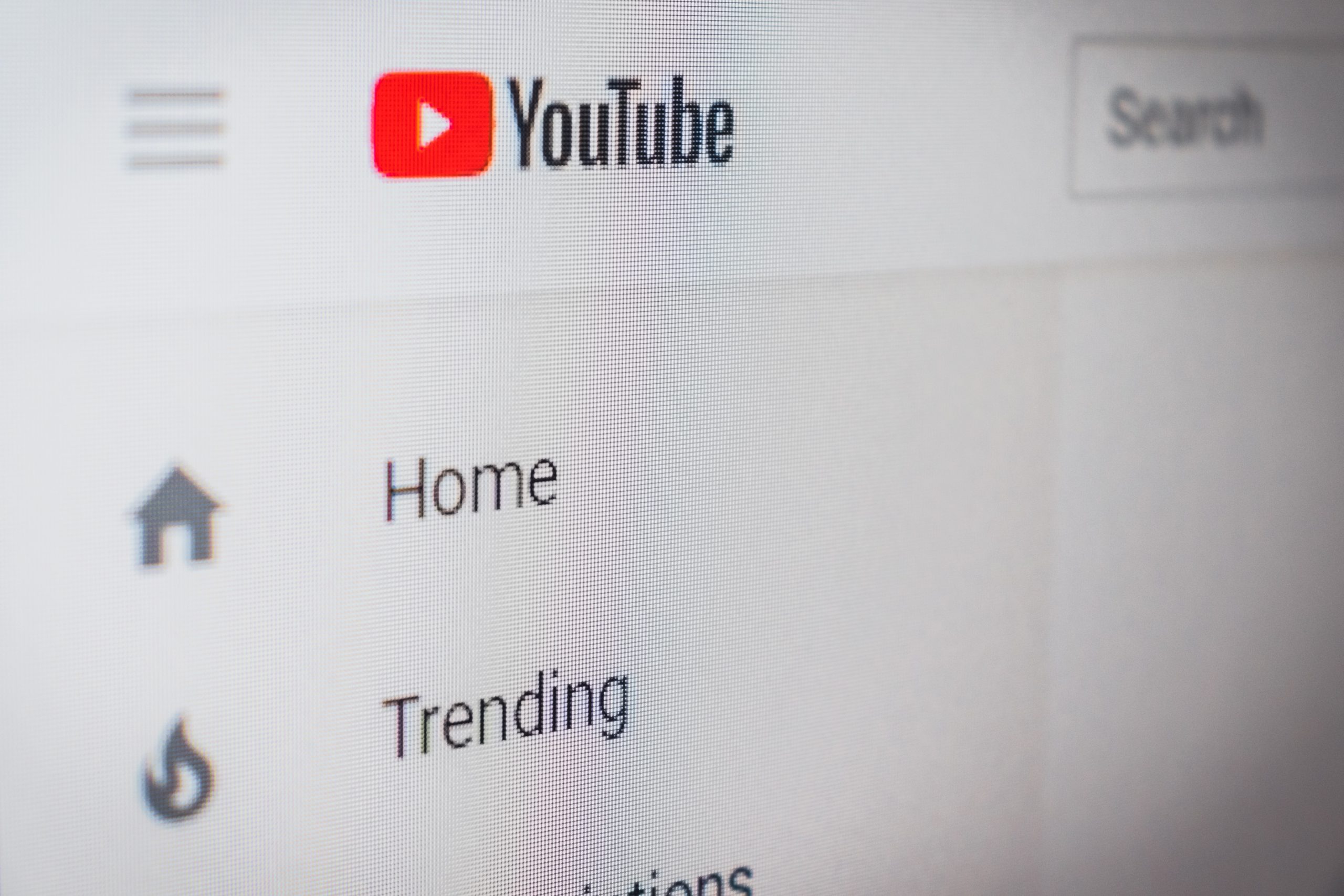In today’s mobile-driven world, understanding how applications function behind the scenes is crucial for developers, cybersecurity professionals, and tech-savvy users alike. One widely used application that deserves close scrutiny is the official YouTube app, identifiable by its package name com.google.android.youtube. This article provides an in-depth APK analysis of version 20.12.46, released in March 2020, providing insights into its structure, permissions, and behavior.
Overview of com.google.android.youtube v20.12.46
Version 20.12.46 of the YouTube app represents one of the iterative updates released by Google to improve performance, patch vulnerabilities, and enhance user interface experiences. While from the surface it may appear to be just a routine update, a thorough APK examination reveals several interesting architectural and permission-related aspects.

APK Structure and Code Obfuscation
Upon extract and decompilation of the APK, the internal structure follows the standardized Android application format:
- lib/: Contains compiled native libraries for different CPU architectures (arm64-v8a, armeabi-v7a).
- res/: Houses resources like images, layouts, and strings.
- smali/: Includes the Smali code – the Dalvik bytecode representation that can help infer the app’s behavior.
Google uses a high level of code obfuscation. Class and method names are deliberately shortened or randomized, making reverse-engineering more difficult. Despite this, some identifiable components point toward ad handling modules, video streaming configurations, and external service checks.
Permissions Requested
By analyzing the AndroidManifest.xml file, we observe a relatively extensive list of permissions being requested by the app. Many are necessary for the app to provide full functionality, but some raise questions regarding privacy and data collection. Below are notable permissions:
- INTERNET – To access and stream videos from YouTube servers.
- ACCESS_NETWORK_STATE – To check network connectivity and quality.
- READ_EXTERNAL_STORAGE – To allow video caching and potentially access user media files.
- CAMERA – For functionalities such as uploading video content or using YouTube stories.
- RECEIVE_BOOT_COMPLETED – Indicates the app may initialize services on boot, suggesting background service potential.
Each of these permissions can be justified within the product’s context, but they must be evaluated carefully to avoid overreach and privacy concerns.

Behavioral Analysis and Background Activity
Dynamic analysis using sandbox environments and monitoring tools such as Wireshark and MobSF reveals key behavioral patterns:
- YouTube initiates several background services upon launch, establishing secure connections to content delivery networks and telemetry endpoints.
- Periodic background updates and network usage are detected even when the app is idle, hinting at continuous tracking for personalization.
- There are telemetry functions such as heartbeat reporting and error diagnostics sent to Google servers.
Naturally, these behaviors are tied to enhancing user experience and maintaining product quality, but they should be made transparent in user agreements and policies.
Security Considerations
Version 20.12.46 had no publicly known vulnerabilities at the time of its release. However, its codebase does include third-party SDKs and libraries which, if outdated, can present potential risks. Maintaining secure dependencies is crucial, especially in applications with a vast user base. Additionally:
- No clear signs of exploitation in this version’s APK code.
- HTTPS is enforced for all communications, adhering to modern app security standards.
- App sandboxing ensures that cross-app data exposure is minimized.
Conclusion and Final Thoughts
The APK analysis of com.google.android.youtube version 20.12.46 confirms that it is a well-structured, security-conscious application that reflects Google’s commitment to quality. However, like many large-scale applications, the level of data access granted raises important discussions around transparency and user control. As users become more privacy-aware, detailing the necessity of certain permissions and background services will be imperative for maintaining trust.
For developers and researchers, this analysis underlines the importance of understanding the inner workings of even the most trusted applications. Staying updated on their evolution, version-by-version, can illuminate potential changes in permissions, architecture, and behavior, all of which contribute to securing and improving the mobile ecosystem.

